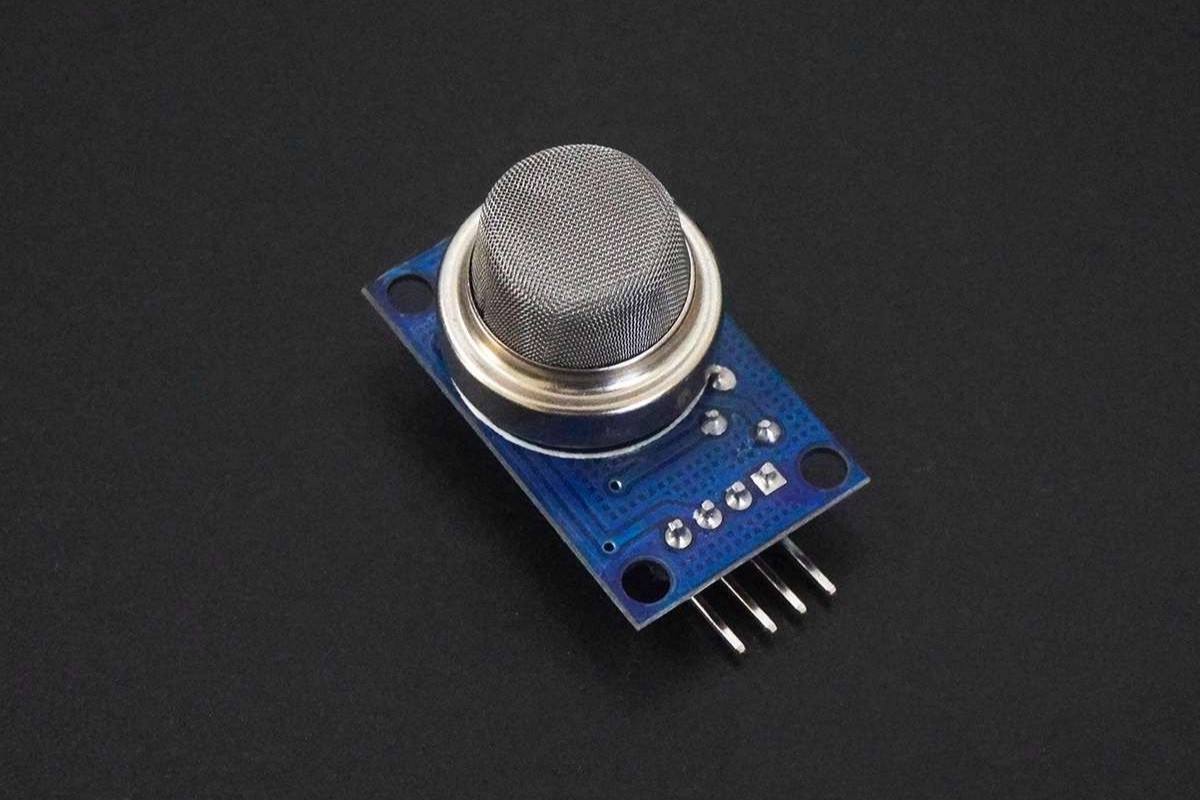
Gas sensors play a crucial role in various industries, from healthcare to environmental monitoring. But what exactly are these devices, and why are they so important? Gas sensors detect the presence and concentration of gases in the air, ensuring safety and efficiency in numerous applications. Whether it's detecting carbon monoxide in homes or monitoring air quality in cities, these sensors are indispensable. They come in different types, each suited for specific gases and environments. Understanding their functionality can help you appreciate their significance in everyday life. Ready to learn some intriguing facts about gas sensors? Let's dive in!
What is a Gas Sensor?
Gas sensors are devices that detect the presence of gases in an environment. They are crucial for safety, environmental monitoring, and various industrial applications. Here are some fascinating facts about gas sensors:
-
Gas sensors can detect a wide range of gases, including carbon monoxide, methane, and hydrogen sulfide.
-
They are commonly used in industries such as mining, oil and gas, and manufacturing to ensure worker safety.
-
Gas sensors can be found in everyday household items like smoke detectors and carbon monoxide alarms.
-
These sensors work by measuring the concentration of gas in the air and converting it into an electrical signal.
-
There are different types of gas sensors, including electrochemical, infrared, and semiconductor sensors.
How Do Gas Sensors Work?
Understanding the working principles of gas sensors can help appreciate their importance. Here’s a breakdown:
-
Electrochemical sensors use a chemical reaction to produce an electrical current proportional to the gas concentration.
-
Infrared sensors detect gases by measuring the absorption of infrared light at specific wavelengths.
-
Semiconductor sensors change their electrical resistance in the presence of a gas, which can be measured to determine gas concentration.
-
Catalytic bead sensors detect combustible gases by measuring the heat produced during combustion.
-
Photoionization detectors use ultraviolet light to ionize gas molecules, creating an electrical current that indicates gas concentration.
Applications of Gas Sensors
Gas sensors have a wide range of applications beyond just safety. Here are some interesting uses:
-
They are used in environmental monitoring to detect air pollution and greenhouse gases.
-
Gas sensors play a crucial role in medical diagnostics, such as detecting gases in human breath for disease diagnosis.
-
In the automotive industry, they help monitor and control emissions to meet regulatory standards.
-
Smart homes use gas sensors to detect leaks and improve indoor air quality.
-
Industrial processes rely on gas sensors for quality control and to prevent hazardous conditions.
Innovations in Gas Sensor Technology
Advancements in technology have led to more efficient and versatile gas sensors. Here are some recent innovations:
-
Nanotechnology has enabled the development of highly sensitive and selective gas sensors.
-
Wireless gas sensors allow for remote monitoring and data collection in real-time.
-
Flexible and wearable gas sensors are being developed for personal safety and health monitoring.
-
Integration with IoT (Internet of Things) devices enhances the functionality and connectivity of gas sensors.
-
Advances in materials science have led to the creation of gas sensors that can operate in extreme conditions.
Challenges and Future Directions
Despite their benefits, gas sensors face certain challenges. Here’s what the future holds:
-
Improving the selectivity of gas sensors to distinguish between similar gases remains a challenge.
-
Enhancing the durability and lifespan of gas sensors is crucial for long-term applications.
-
Reducing the size and cost of gas sensors will make them more accessible for various uses.
-
Developing gas sensors that can operate in harsh environments, such as high temperatures and corrosive conditions, is a focus area.
-
Future gas sensors may incorporate artificial intelligence to improve accuracy and predictive capabilities.
Fun Facts About Gas Sensors
Let’s end with some fun and lesser-known facts about gas sensors:
-
The first gas sensor was invented in the 1920s to detect methane in coal mines.
-
Gas sensors are used in space missions to monitor the atmosphere inside spacecraft.
-
Some gas sensors can detect gases at parts-per-billion (ppb) levels, showcasing their incredible sensitivity.
-
Researchers are exploring the use of gas sensors in agriculture to monitor soil health and crop conditions.
The Final Word on Gas Sensors
Gas sensors are more than just gadgets; they’re lifesavers. These devices detect harmful gases, ensuring safety in homes, workplaces, and public spaces. From carbon monoxide detectors to industrial gas monitors, their applications are vast. They help prevent accidents, improve air quality, and even assist in scientific research.
Understanding how gas sensors work can help you make informed decisions about safety measures. Whether you’re a homeowner, business owner, or just curious, knowing about these sensors can be a game-changer. They’re not just for experts; anyone can benefit from their use.
Investing in a good gas sensor is a smart move. It’s a small step that can make a big difference in safety and peace of mind. So, next time you think about safety, remember the humble gas sensor. It’s a silent guardian, always on duty.
Was this page helpful?
Our commitment to delivering trustworthy and engaging content is at the heart of what we do. Each fact on our site is contributed by real users like you, bringing a wealth of diverse insights and information. To ensure the highest standards of accuracy and reliability, our dedicated editors meticulously review each submission. This process guarantees that the facts we share are not only fascinating but also credible. Trust in our commitment to quality and authenticity as you explore and learn with us.
